Community Control
The Latest
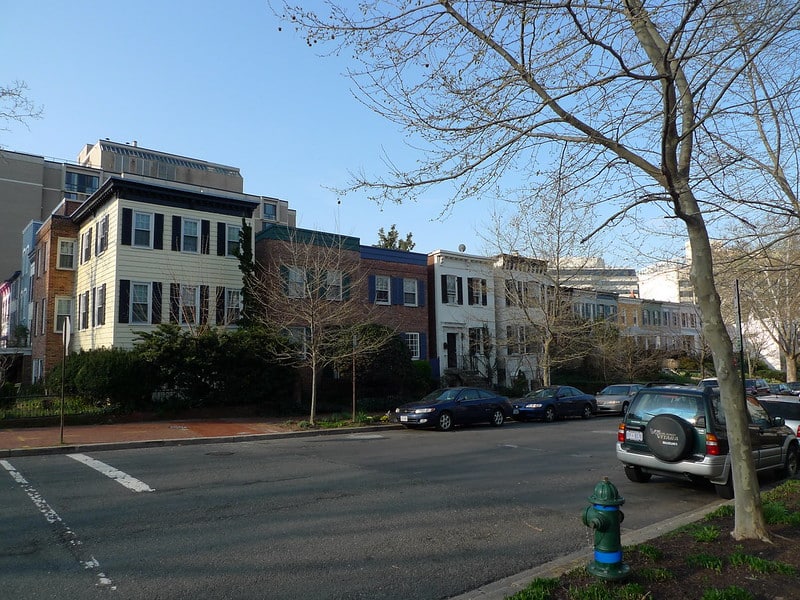
D.C. Had the Country’s First TOPA Law. Could Real Estate Developers Gut It?
Developers are pushing for two exemptions to the landmark tenant rights legislation—affordable housing properties and buildings that are 25 years old or newer.
Explore Articles in this Topic
Search & Filter Within this Topic
filter by Content Type
filter by Date Range
search by Keyword

Boston Organizers Protect Individual Tenants, While Trying to Change the System
City Life/Vida Urbana is known for successful tenant union organizing and anti-eviction actions, but every individual action springs from a larger vision of system and policy change.
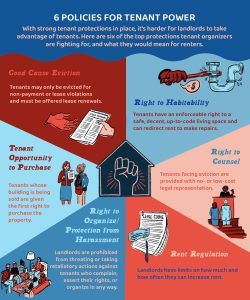
Tenant Protections 101
Tenant advocates have long been pushing for a “tenants bill of rights” to codify rules that protect renters from landlords. Here’s a rundown of the top protections housing justice activists say need to be included.
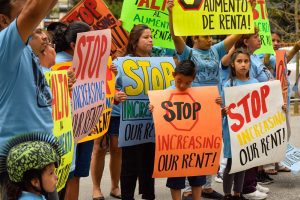
Top 6 Tenant Protections Renters Are Fighting For
Tenants are organizing together with increased urgency to get legal protections passed in their towns, cities, and states. What are the top protections tenants are fighting for?
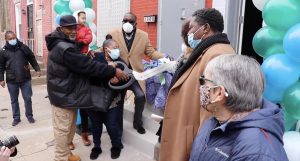
New Philly Land Trust Was Promised Dozens of Homes; How’s It Going?
Two years ago, Philadelphia officials agreed to give 59 vacant buildings to homeless advocates. The historic deal has faced several setbacks, but is still moving forward.

How to Retrofit the Housing Economy
Are policy changes enough to address the housing problems we face?
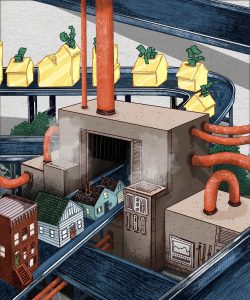
The Financialization of Housing and Its Implications for Community Development
Over the last two decades homeowners and investors have increasingly treated housing as a financial asset, like stocks or bonds. How has this changed the housing market for the worse, and how can we fix it?
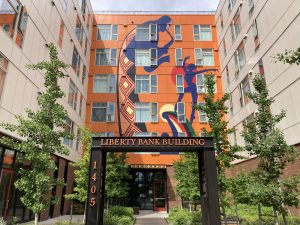
Two Paths to Density: Profit vs People
As communities across the country begin promoting density to address the affordable housing crisis, they must grapple with how that housing will be built, and for whom.
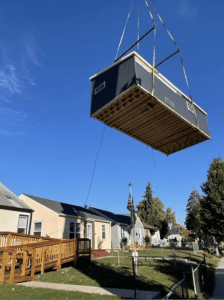
Affordable ADUs: How It’s Being Done
In the face of limited financing options, local governments, nonprofits, and social enterprises are experimenting with ways to make affordable ADUs a reality.
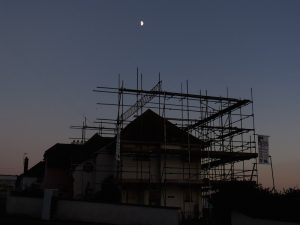
Better, Faster, Cheaper Ways to Finance Supportive Housing
A few cities in the U.S. are addressing homelessness by experimenting with different financing vehicles that are helping to preserve and construct more supportive housing.

From an Abandoned Mall to Bustling Community Hub
A medical complex in Mississippi draws on local artists to go beyond doctors’ offices and become a gathering place for those living nearby.

Contracting with the Community
To connect with hard-to-reach communities, a Twin Cities agency diverted some of its consulting budget away from national firms and to organizations that already had those relationships.
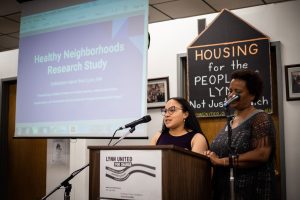
What’s Different When the Community Collects the Data?
When residents were recruited to conduct an annual study that examines community change and health in nine Massachusetts communities, they didn’t just collect data—they changed how and what was collected.
